Indian Election II : Is there any doubt Hindu nationalist BJP and allies can win landslide predicted by opinion polls?
May 15th, 2024 | By Counterweights Editors | Category: In BriefCOUNTERWEIGHTS EDITORS, GANATSEKWYAGON, ON, CANADA. WEDNESDAY, MAY 15, 2024. India’s vast election from April 19 to June 1 (with final results on Tuesday, June 4 — exactly three weeks from yesterday) continues to raise almost as many questions about the democratic global village in 2024 as the US election on Tuesday, November 5.
The day before yesterday, May 13, the fourth of the seven phases of the election on the subcontinent took place. Each phase applies to a different configuration of Indian geography. (See adjacent map : the fourth phase geography is coloured orange, more or less.)
The fundamental reason for this complexity is just the vast number of people (more than 1.43 billion!) in what is now the world’s most populous country. (India surpassed China for this title, on the expert reckoning, in 2022.)
For some sense of the magnitude of the task here, compare the 969 million eligible voters in India’s 2024 election currently underway with the “roughly 244 million Americans” who “will be eligible to vote in 2024.”
(1) Four out of seven phases now complete (and voter turnout is so far down from 2019)
One US election in its own right is a remarkable almost spirit-guided exercise of decentralized democracy in America, managed by the 50 states of the Union (and unofficially by the major national mass media of the day). Multiply this by four and you have one Indian election.
With so many people in the world’s largest democracy it no doubt makes sense to hold (in fact) seven geographic phases of the 2024 Indian election. The first phase started the process on April 19. The fourth phase took place just the day before yesterday on May 13. The seventh and final phase will be held on June 1. (And then the results will come on June 4.)
So much for the mechanics. As to “what’s at stake?” (according to Al Jazerra) : “The two main contenders for power are Prime Minister Narendra Modi’s governing Bharatiya Janata Party (BJP) and the Indian National Developmental Inclusive Alliance (INDIA), a coalition of 26 parties led by the main opposition party, Rahul Gandhi‘s Indian National Congress.”
According to the Times of India : “As voting … ended on Monday, turnout dipped to 67.3% in the fourth phase, compared to 69.6% in 2019, mirroring the falling trend seen during the previous rounds.”
(2) Modi “has shifted focus from his economic record to accusing the Congress of planning to extend welfare benefits to Muslims”
This same falling voter turnout from the last election five years ago also haunts a recent Reuters report : “Prime Minister Narendra Modi is seeking a rare, third straight term in a contest which pits his Hindu nationalist Bharatiya Janata Party (BJP) against an alliance of more than two dozen opposition parties, including main rival Congress … Analysts have raised doubts over whether the BJP and its allies can win the landslide predicted by opinion polls, and said the lower turnout had prompted Modi to change the tack of his campaign after the first phase.”
At the same time, lower turnout can also be linked to events that have nothing at least immediately to do with politics : “The impact of hot weather on turnout was also being monitored as maximums in parts of the country touched 40 degrees Celsius (104 Fahrenheit) or higher in the past week.”
Yet in some quarters trends towards lower voter turnout in the first four phases of 2024 compared to 2019 have prompted growing political debate about the BJP’s Hindu nationalism.
Rishika Sadam and Fayaz Bukhari recently reported for Reuters that BJP Prime Minister Narendra Modu “has shifted focus from his economic record to accusing the Congress of planning to extend welfare benefits to Muslims at the expense of disadvantaged tribal groups and Hindu castes … Last month, he said the Congress planned to redistribute the wealth of majority Hindus among Muslims, who he referred to as ‘infiltrators’ who have ‘more children’ … Congress has denied making any such promises and has said Modi is rattled by the turnout, which the BJP denies … About 80% of India’s 1.4 billion people are Hindus but it also has the world’s third largest Muslim population of about 200 million people.”
(3) Since 1951 Hindu religion has fallen modestly in India, and Muslim religion risen
As noted in our own first 2024 Indian election report, from a very long distance away in central Canada, “the Hindu religion … does still unite more than three-quarters of the Indian population.” But “Hindi as a language is not the mother tongue or even first language of a majority of the wider Indian community.” (See Map 2.)
Similarly, in some degree Narendra Modi’s 21st century Hindu nationalism is driven by a modest diminution in even the Hindu religion in India since the independent parliamentary democratic Republic of India began in the 1950s — and a parallel modest increase in the Muslim religion.
Attachment to the Hindu religion among the Indian population fell from 84.1% in 1951 to 79.8% in 2011, while Islam rose from 9.8% in 1951 to 14.2% in 2011. (And the third largest religious group, Christianity, was 2.3% in 1951 and 2.3% in 2011.)
(Meanwhile in 2011 Hindi “first language speakers” accounted for only 43.63% of the total population. And only 26.6% reported Hindi as its mother tongue! When second and third language speakers are added the share of Hindi speakers does rise to 57.09%. But second place in this same 1st-2nd-3rd language calculation goes to English at 10.67% .)
(4) CONCLUSION
As things still look to us, Modi almost certainly will win his third term as prime minister on June 4. His BJP might not be as strong in the Lok Sabha as it has been for the past five years, but he will remain in firm command of the ship of state at the federal level in India.
For this BJP Hindu nationalist hegemony to be finally defeated the old Indian National Congress, that brought a secular and progressive independent Indian democracy into the real world in the middle of the 20th century, must somehow be reformed and re-energized , beyond the Nehru-Gandhi family and all that. Can such an urgent democratic reform in the world’s largest democracy finally happen? At this point we have absolutely no idea. (Stay tuned!)

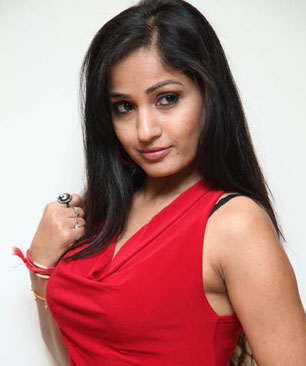
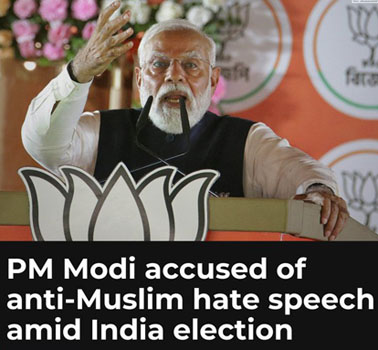
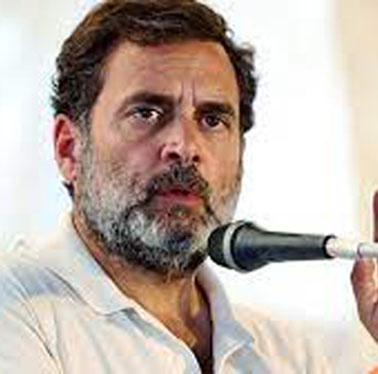
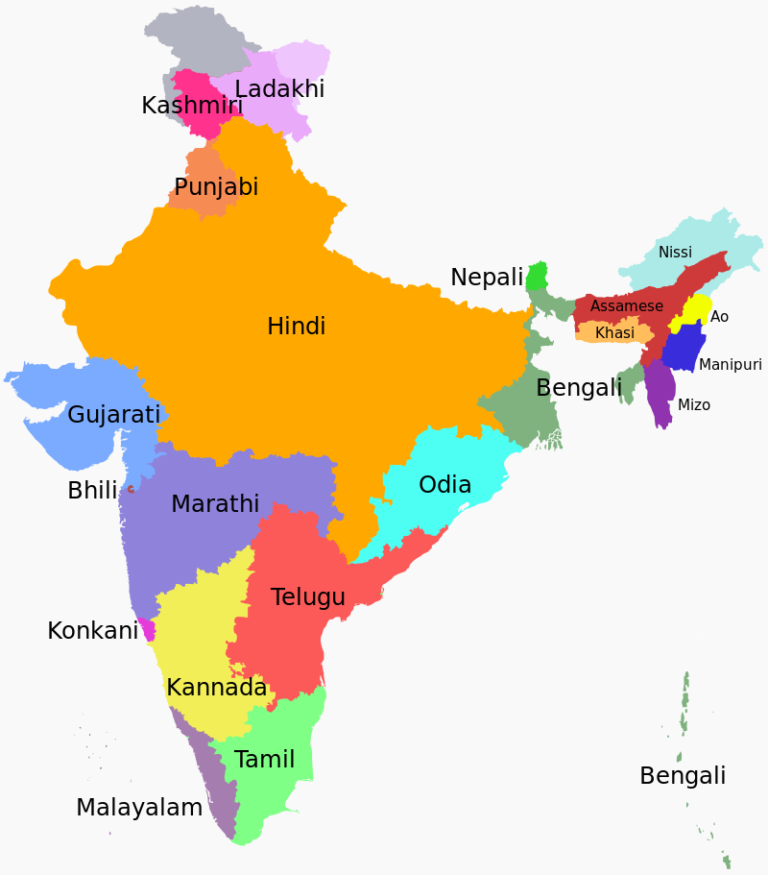
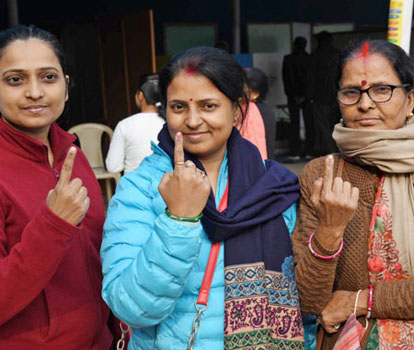


All very interesting! And informative.